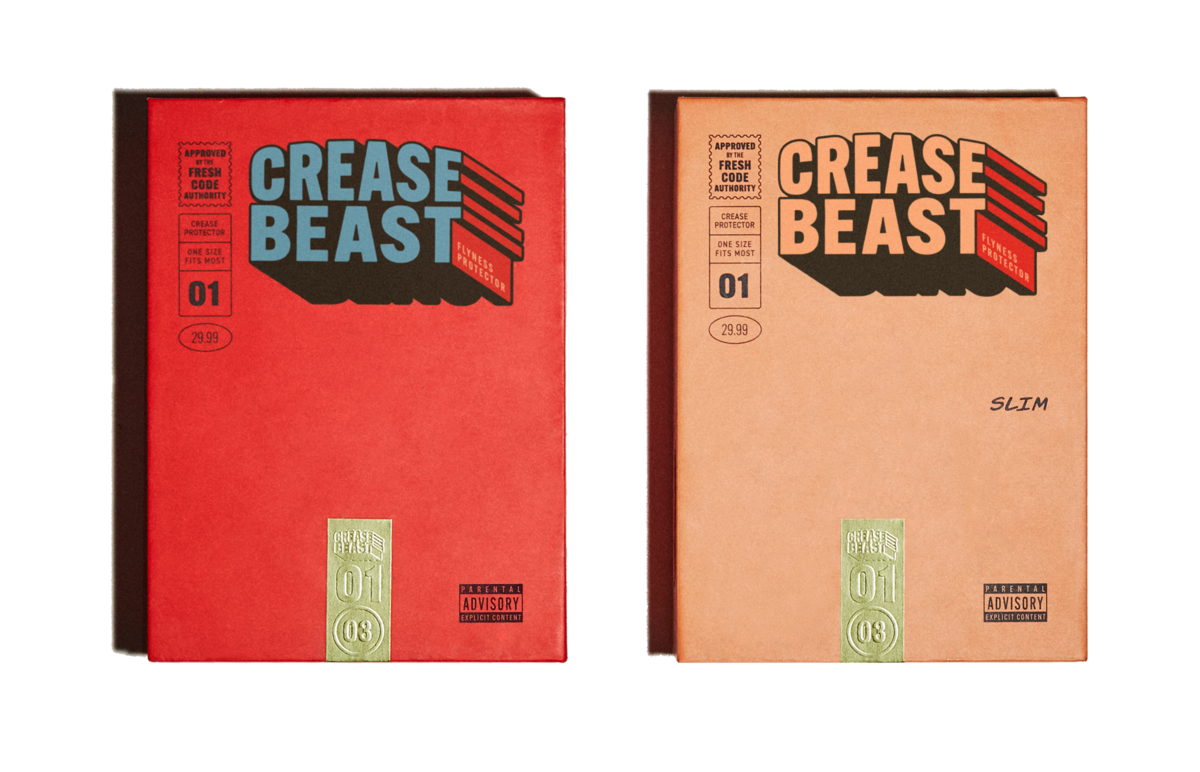Shoe Creasing and Cultural Influences
In the world of fashion, shoes hold a special place. They not only provide comfort and protection for our feet but also serve as a powerful expression of style and identity. One fascinating aspect of shoes is the phenomenon of shoe creasing and how cultural influences shape our perception and treatment of this aesthetic feature.
The Significance of Crease Culture
Creasing, the folding and wrinkling of the upper material of shoes, has become a noticeable trend in recent years. "Crease culture" refers to the societal embrace of this phenomenon as a desirable attribute in footwear. While some may view shoe creasing as a sign of wear and tear, crease culture celebrates it as a mark of authenticity and lived experience.
The Impact of Fashion Trends
Fashion trends play a pivotal role in determining whether shoe creasing is perceived positively or negatively. In the past, shoes were expected to remain pristine and unblemished. However, evolving fashion sensibilities have led to a shift in perception. With the rise of streetwear and a more casual approach to fashion, creased shoes are now seen as a reflection of a laid-back and effortlessly cool style.
Diverse Footwear Styles and Customs
Footwear styles and customs vary greatly across cultures, and these differences directly influence the perception of shoe creasing. In some cultures, such as Japan, where meticulous care for personal belongings is highly valued, creased shoes may be seen as a sign of neglect or poor maintenance. Conversely, in other cultures, such as those with a focus on lived experiences and a rugged aesthetic, creased shoes may be embraced as a symbol of authenticity and individuality.
The Sneaker Culture Phenomenon
No discussion on shoe creasing would be complete without addressing sneaker culture. Sneakers, particularly limited-edition or vintage models, have gained a cult-like following. For sneaker enthusiasts, creasing can add character and uniqueness to their collection. Creased sneakers tell a story of wear and use, adding to their appeal and collectability.
Keywords: Tradeoffs, Balancing Factors, and Challenges
When it comes to shoe creasing and cultural influences, there are tradeoffs to consider. On one hand, embracing creased shoes can signal a relaxed and authentic style, but on the other hand, it may clash with certain cultural norms or personal preferences for pristine footwear. Balancing these factors can be challenging, as it requires understanding and respecting diverse cultural perspectives while staying true to one's personal fashion choices.
The Impact of Decisions on Shoe Creasing
Considering the impact of decisions regarding shoe creasing and cultural influences is vital. Clothing choices are a form of self-expression, and footwear plays a significant role in that expression. Understanding the cultural and societal context can help individuals make choices that align with their values, while also respecting the traditions and customs of others.
In Conclusion
Shoe creasing is not just a physical characteristic of footwear; it is a cultural phenomenon. Whether embraced as a mark of authenticity or viewed as a sign of neglect, creased shoes hold symbolic meaning within different cultural contexts. Understanding the impact of fashion trends, diverse footwear styles, and personal preferences can lead to informed decisions that balance individual expression with cultural sensitivities. As the world of fashion continues to evolve, shoe creasing will remain a fascinating aspect, continually shaped by cultural influences.
